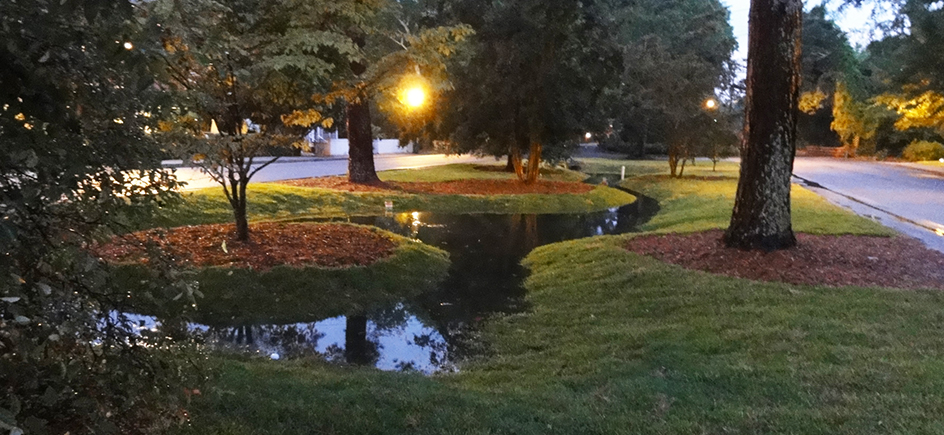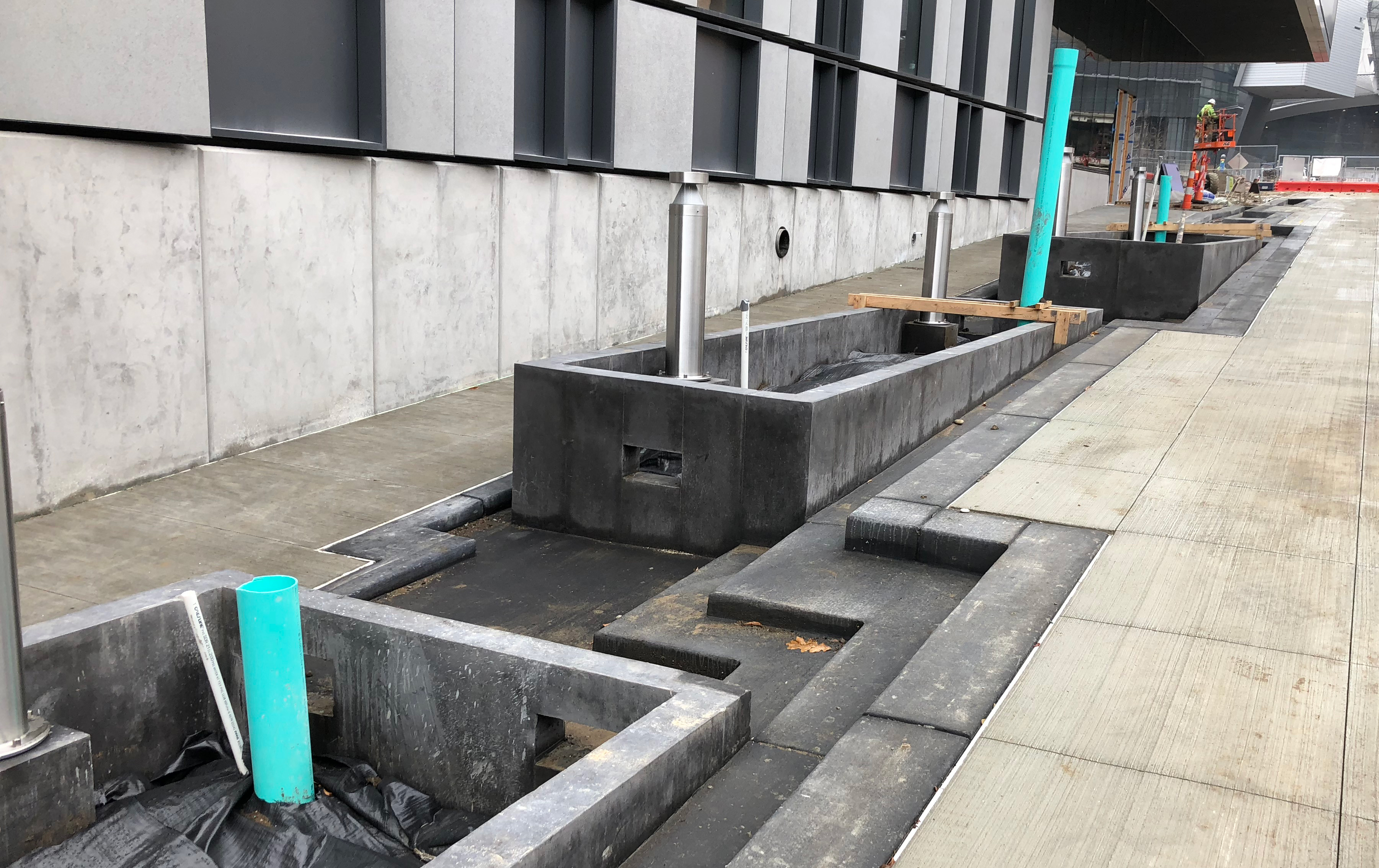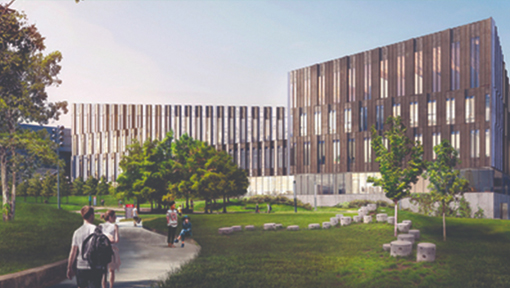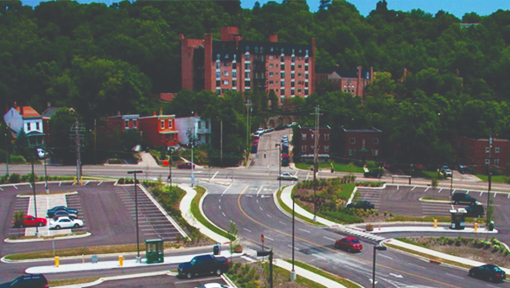
BLOG
—
Incorporating a Natural Landscape Design into an Urban Campus
Urban settings present unique challenges for those designers who try to simplify or organize the landscape without taking into account factors such as sustainability, location character or how an urban setting can mimic nature.
In an increasingly populated and urbanized world, designers must plan for how growth will affect the health of the planet and its ecosystems. One simple but effective way to mitigate harm is to provide natural systems that capture, filter and cleanse water while providing healthy life support for humans, flora and fauna.
Sustainable green infrastructure requires positive human influence on a disturbed environment and an efficient use of resources. Green infrastructure design should fit the aesthetic character of urban colleges and universities, which, rather than immobile and static, are communities of living beings that interact with the environment.
Many campus environments are naturally suited to free-flowing meadows, sculpted gardens, small masses of monoculture ground cover in bioswales or tree clusters.

Urban rain garden

Ornamental pervious pavement
Other campuses are more formal, with strong geometries in both the architecture and the grounds. For these campuses, natural wetlands may look out of place, but green infrastructure can still add to both the function and aesthetic of the landscape. The key is in the design of the water treatment and planting areas. They must fit the form and character of the campus while providing water (filtration and detention), air and thermal (shade and particulate capture) quality.
The campus of the Cincinnati State Technical and Community College is situated on a dramatic hill with little available real estate. There, an informal landscape has created its own ecosystem with a natural appearance in form, pattern and mix of plant materials. My team partnered with college administration and the Metropolitan Sewer District of Greater Cincinnati to design an array of green stormwater controls in the arrival, drop-off and parking areas. We created a set of linked rain gardens, bioswales, stair drains and adjacent impervious surfaces that have prevented more than 10 million gallons of runoff a year from entering the combined sewer system.

Bioswale

Rain garden planters
The University of Cincinnati (UC) campus, with its signature buildings in a unified signature landscape, doesn’t fit with the loose, varied textures of a typical wetland landscape. No matter—green infrastructure can still contribute to the landscape character. My team employed a planter design that complements the difficult grade changes and architecture of the new College of Business while capturing, filtering and infiltrating plaza runoff and ordering circulation. Runnels and scuppers channel runoff through the system and create interesting water features when it rains. The planters contain ornamental wetland natives grouped in monocultural beds for visual interest, and underground holding tanks capture runoff from lawns and pavement, as well as excess from the green roofs, for irrigation and to lower the stormwater load on the combined sewer system.
Likewise, we engaged early with the architect to use the landscape to save on energy costs when UC needed a new football practice field. Instead of designing a 40-foot elevation change with fill, we installed a 4-million-gallon, chilled water thermal storage tank under the field.
Today’s college and university campuses are transforming into environments that reflect the lives and cultures of the thousands of students and staffers who live, play and create there. Every sustainability choice must be functional, welcoming and appropriate to the culture and feel of the campus to illustrate the natural link between placemaking and resiliency. As large investments to build and maintain, campuses must consistently adjust to changing functional demands that make them effective over their life cycle.

Bruce Rankin, RLA
Bruce Rankin is an award-winning designer with more than 40 years of experience in land planning, site and landscape design and project leadership. He has designed over 60 parks throughout the eastern half of the United States and the Caribbean, and he routinely leads successful urban redevelopment and revitalization projects.


